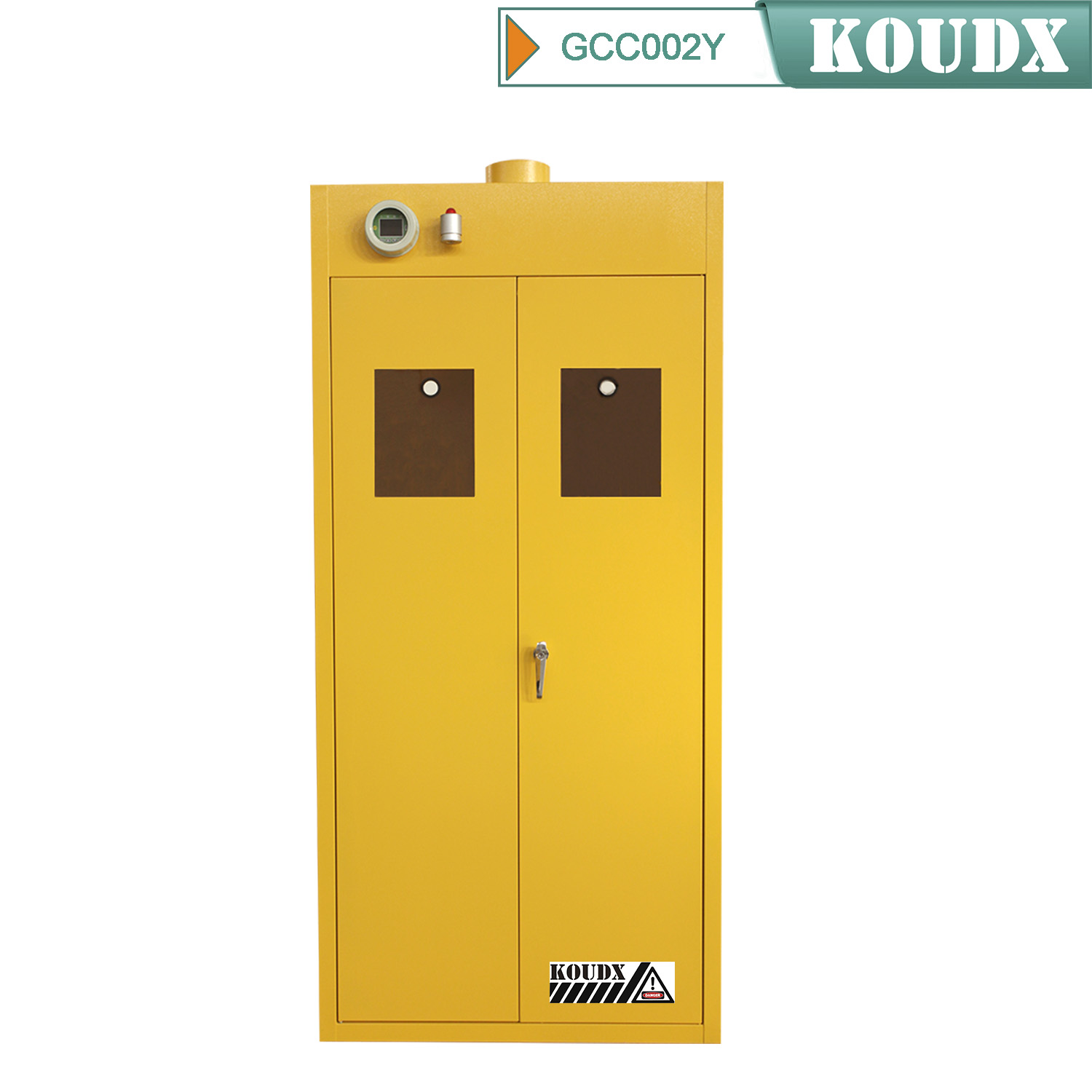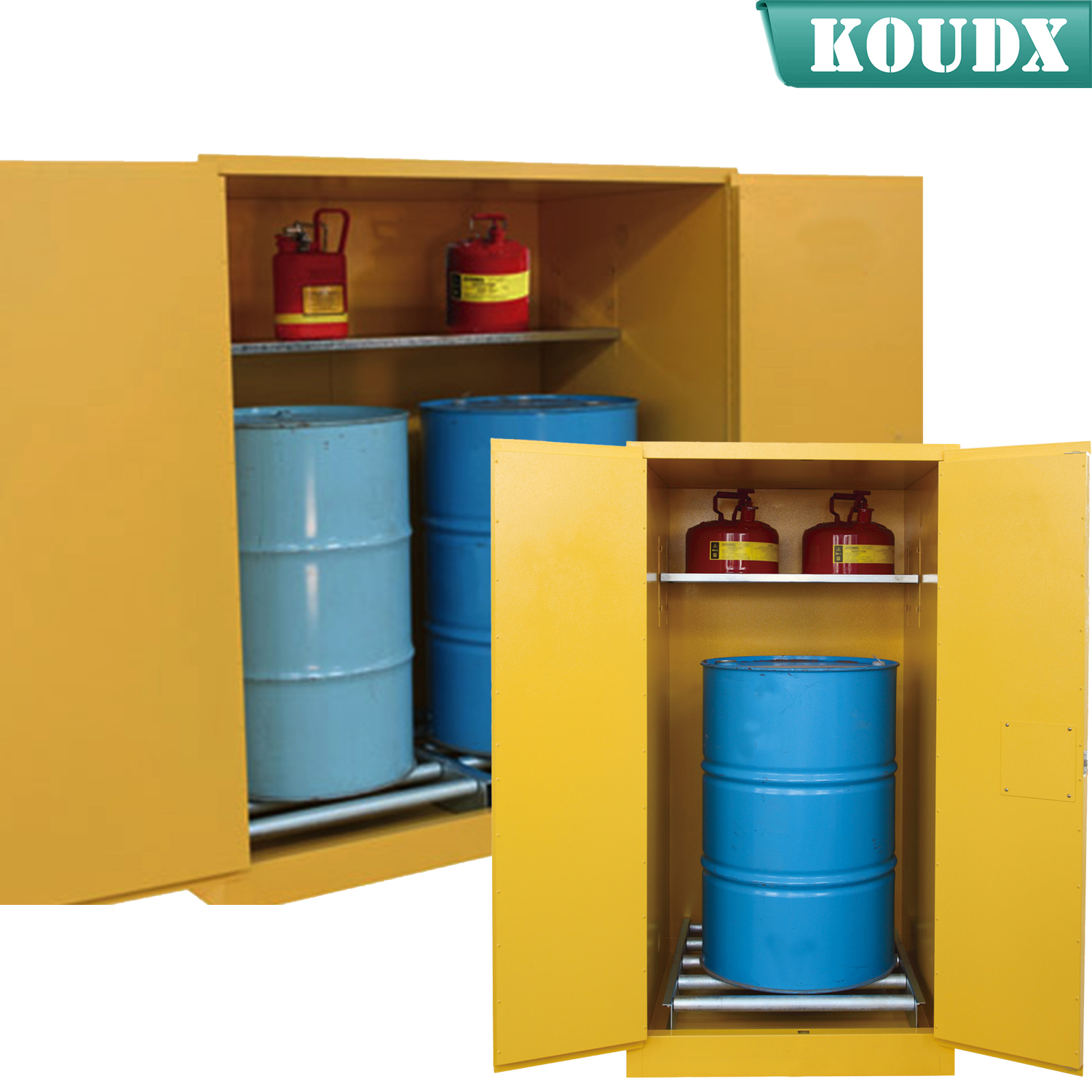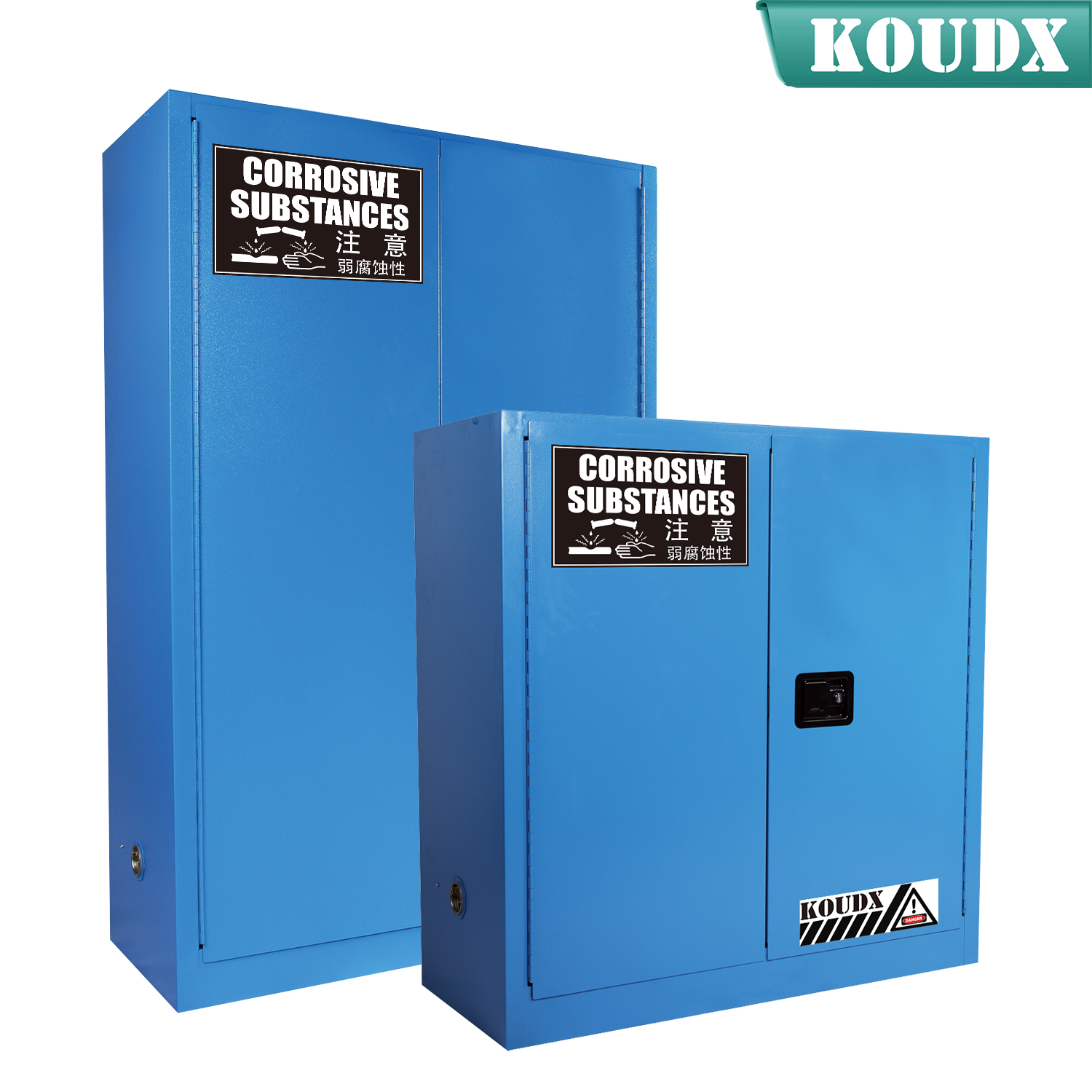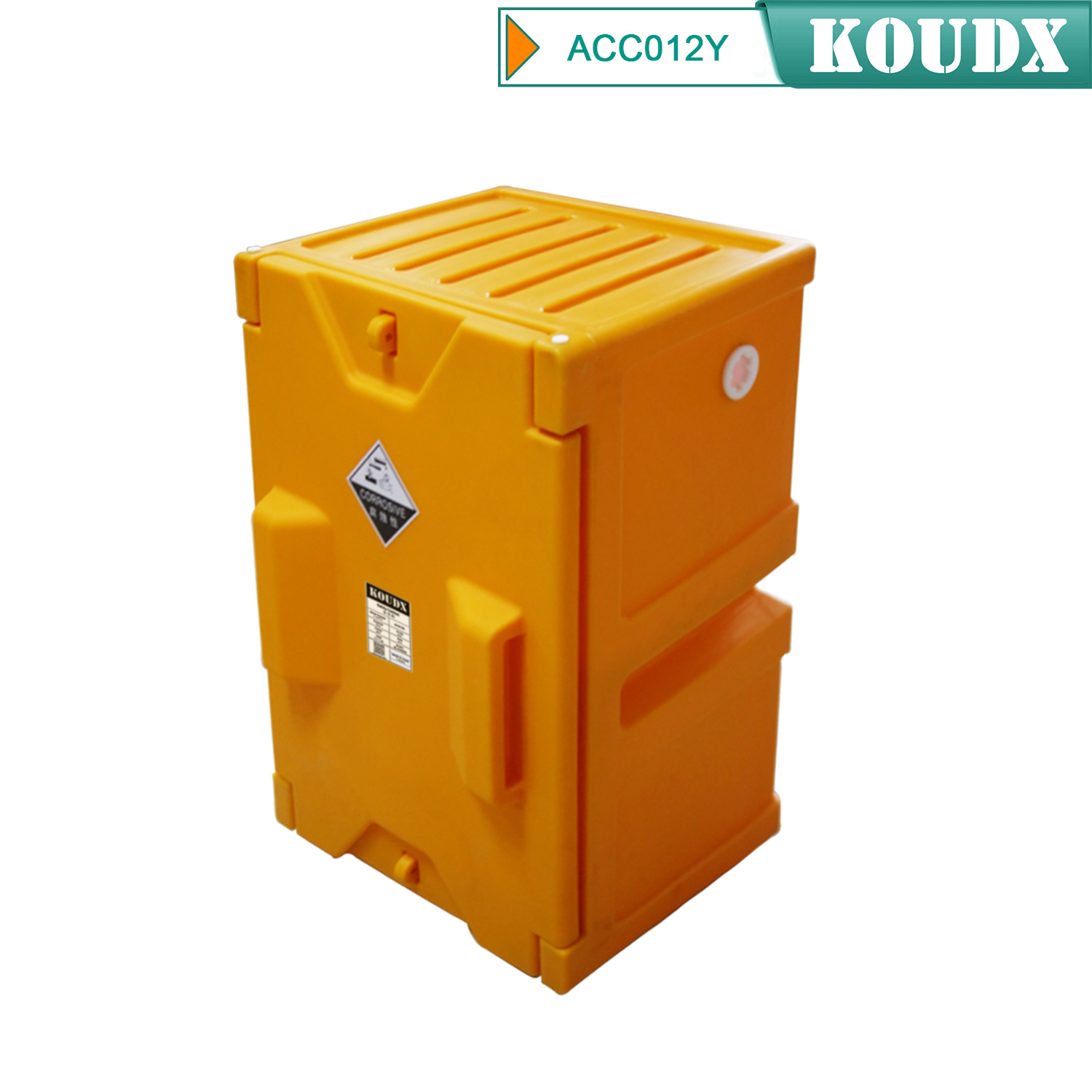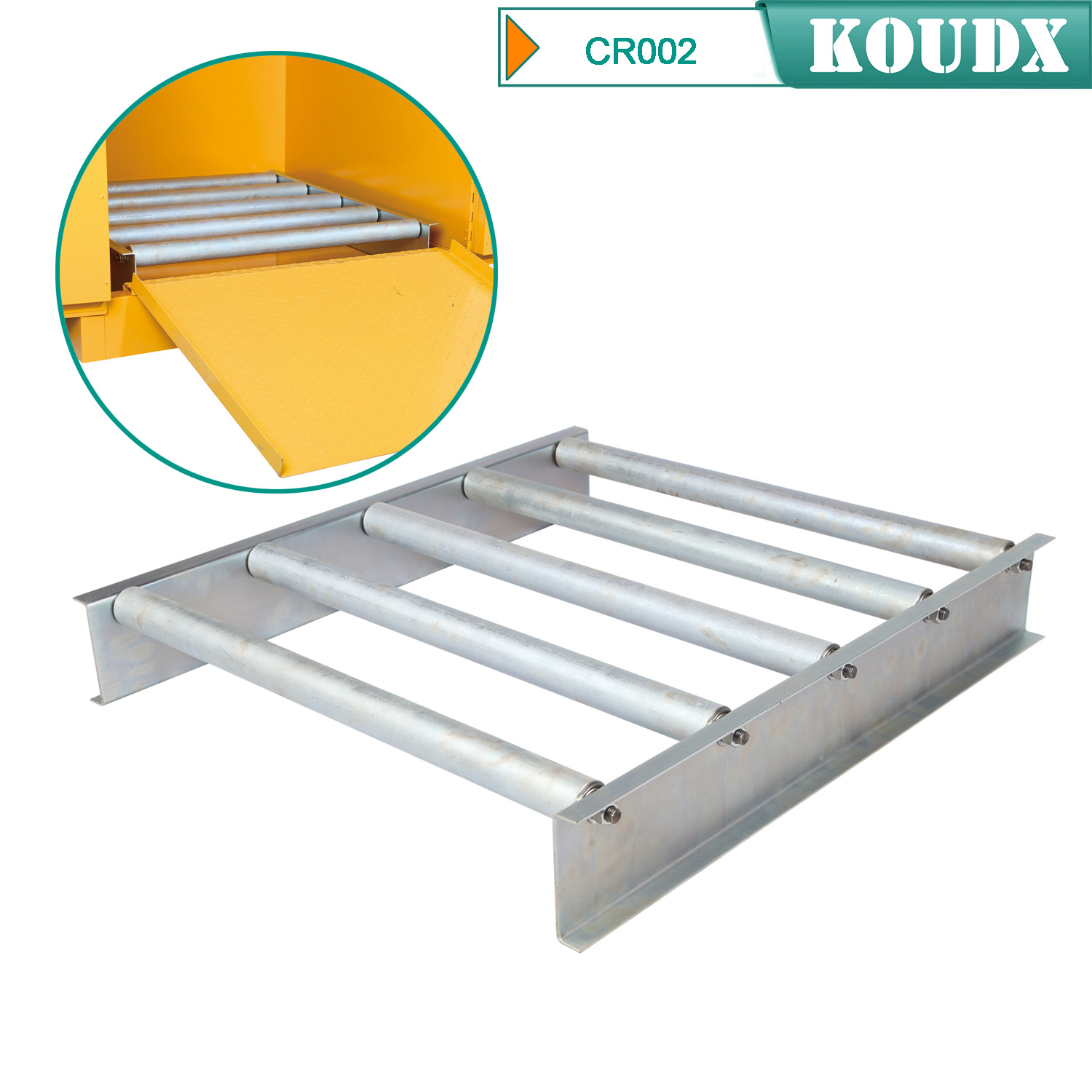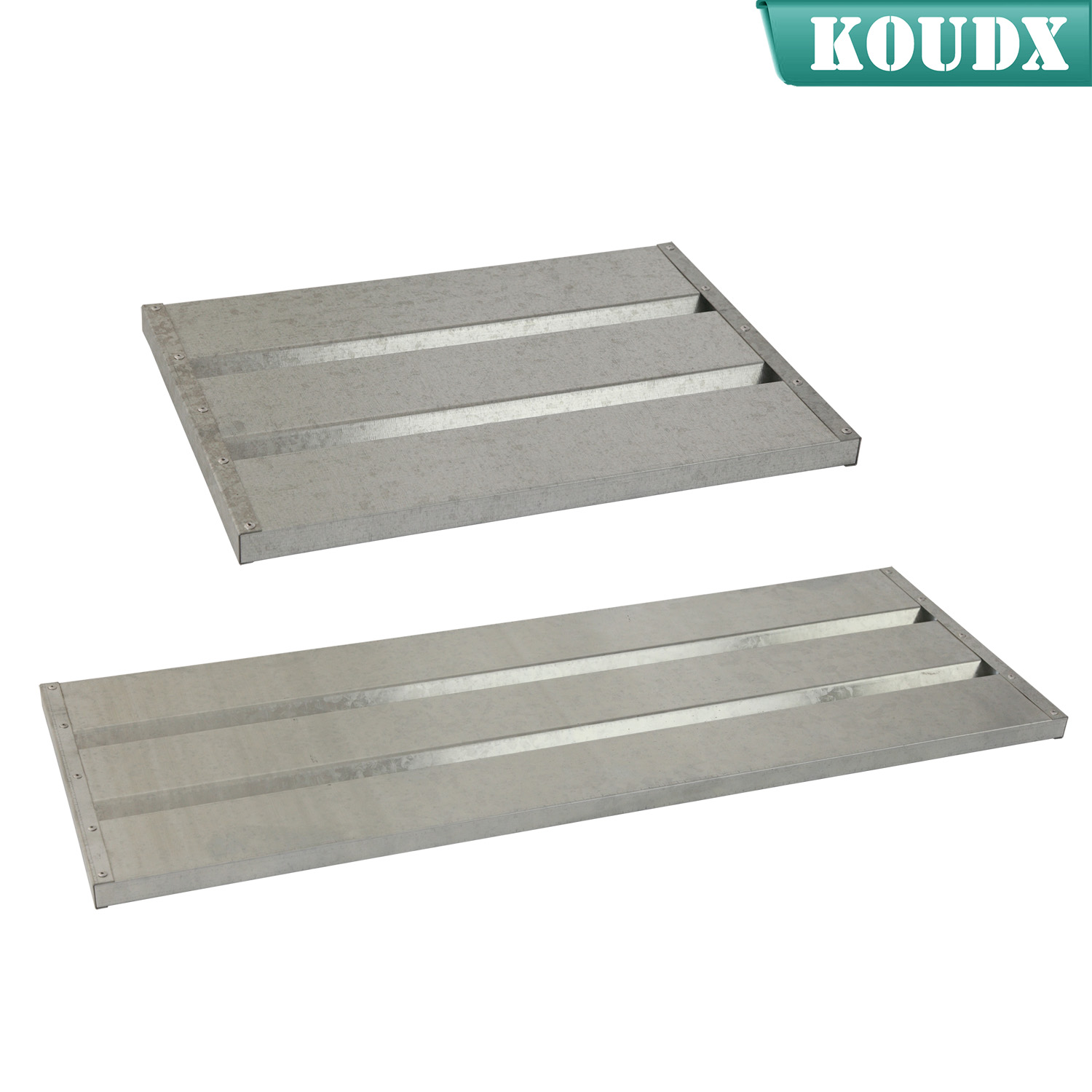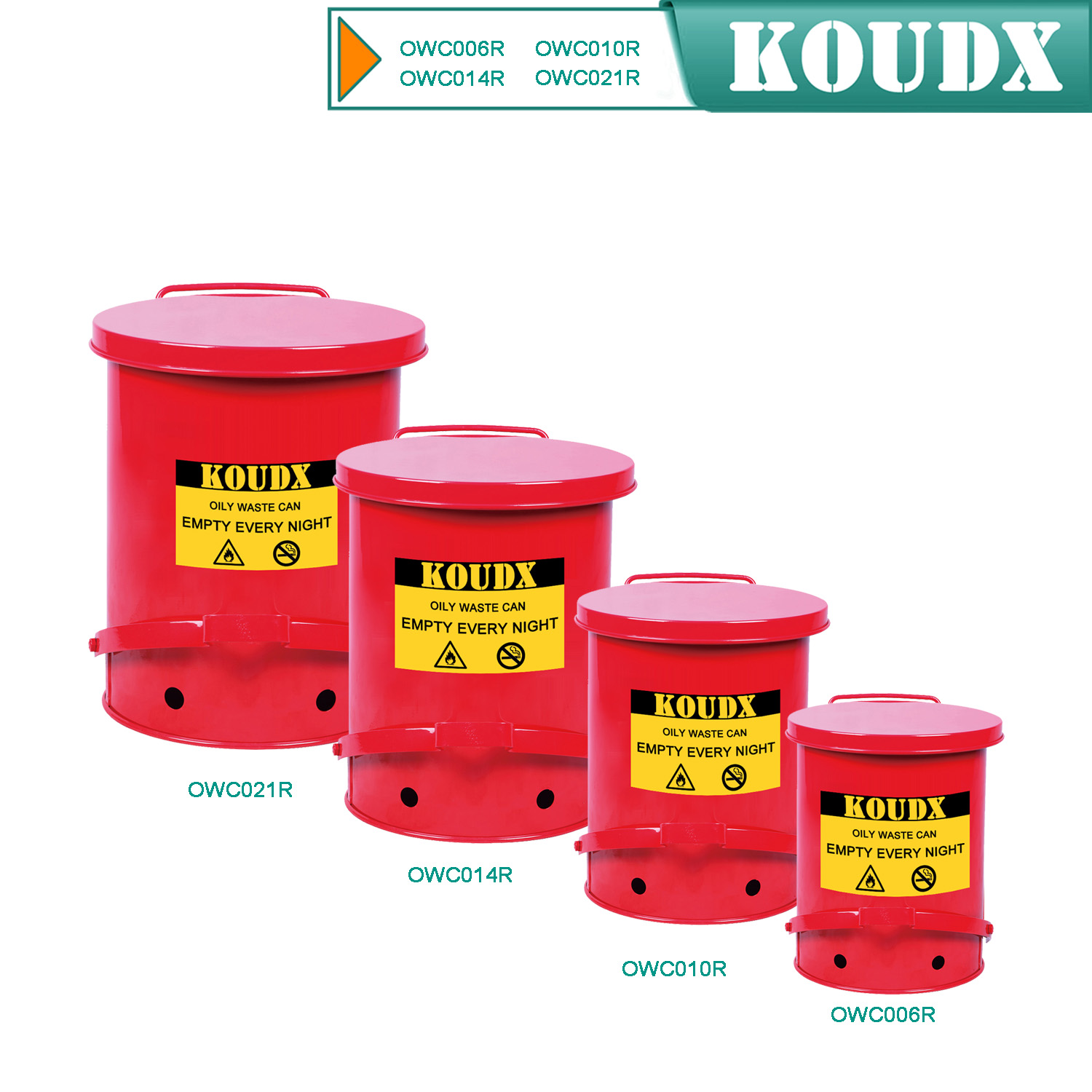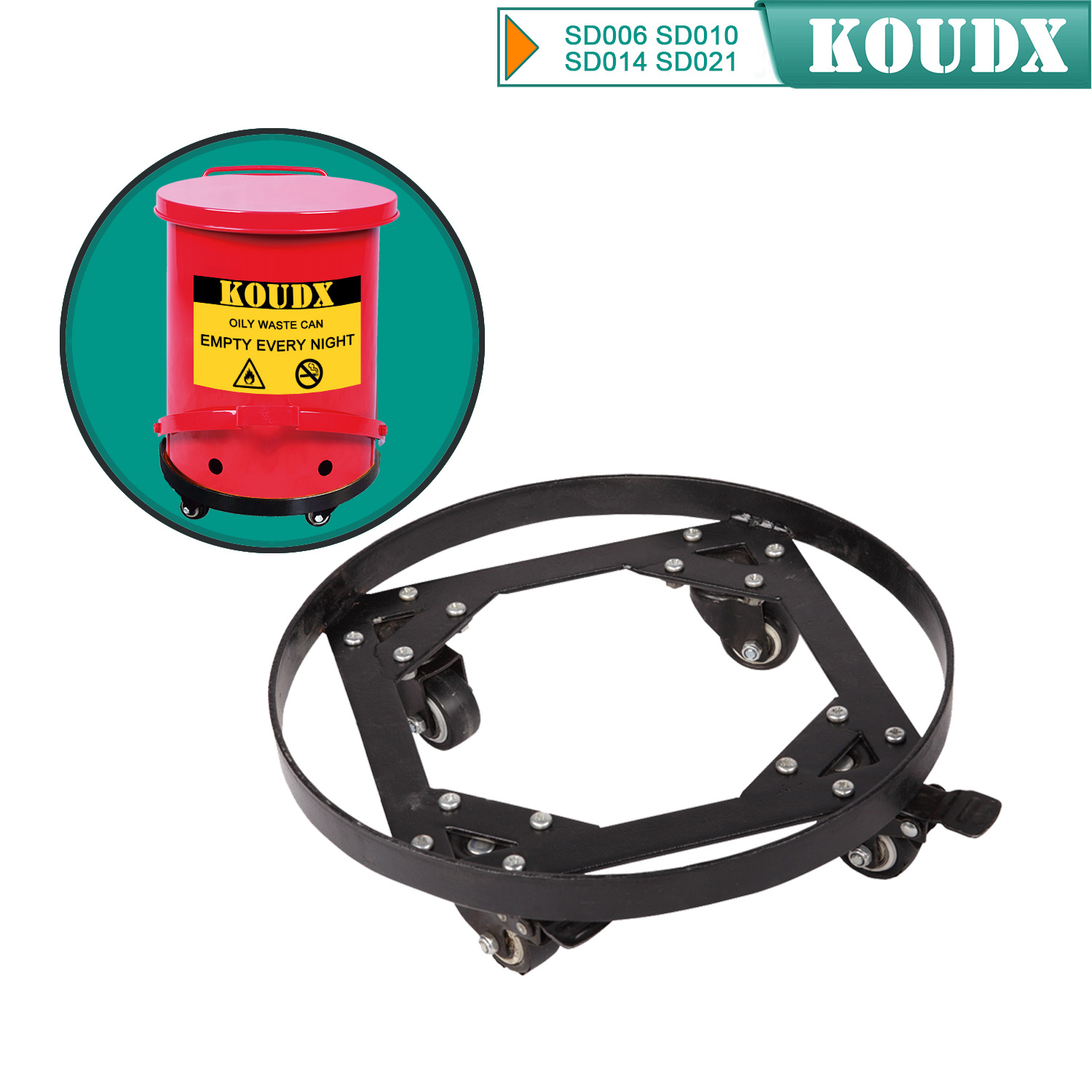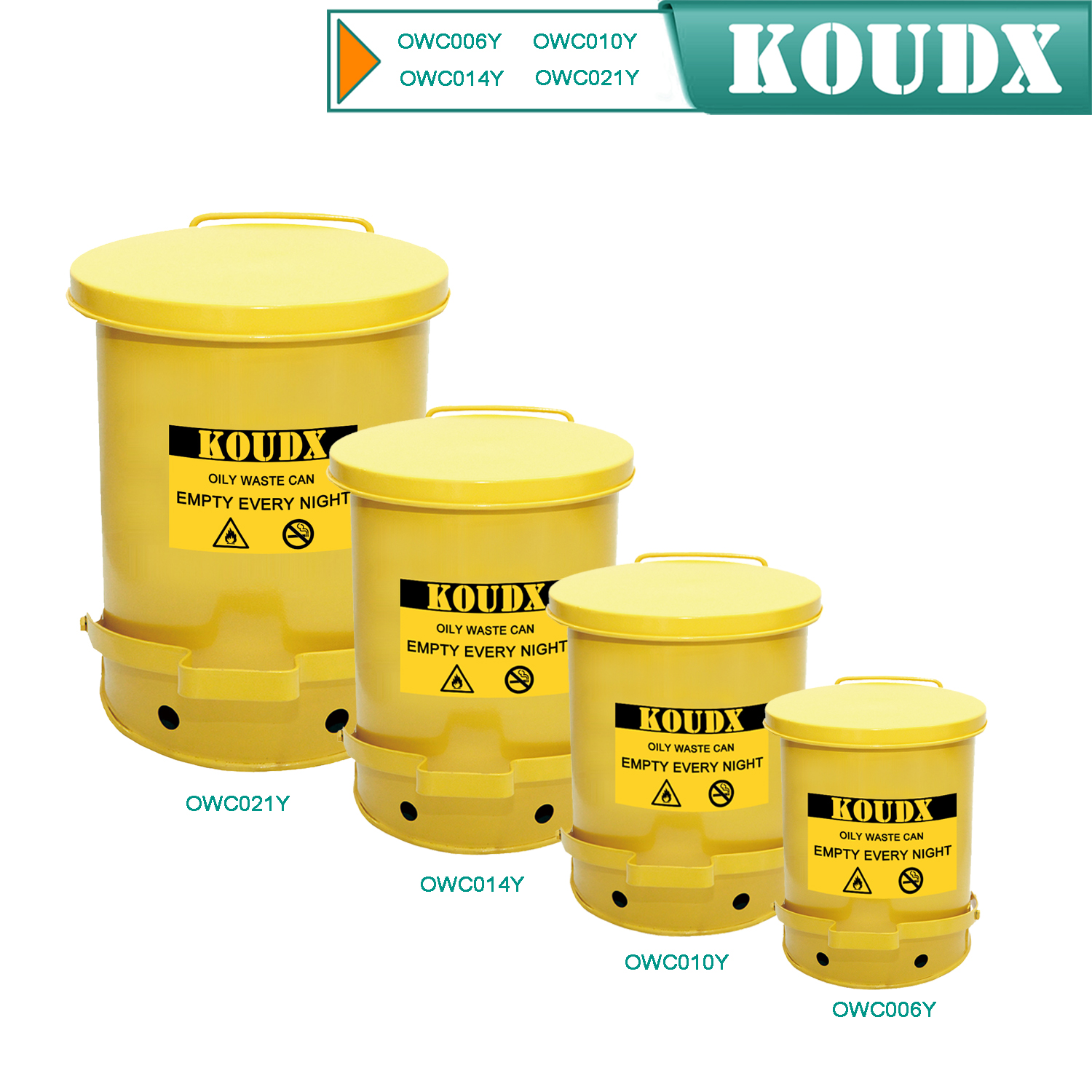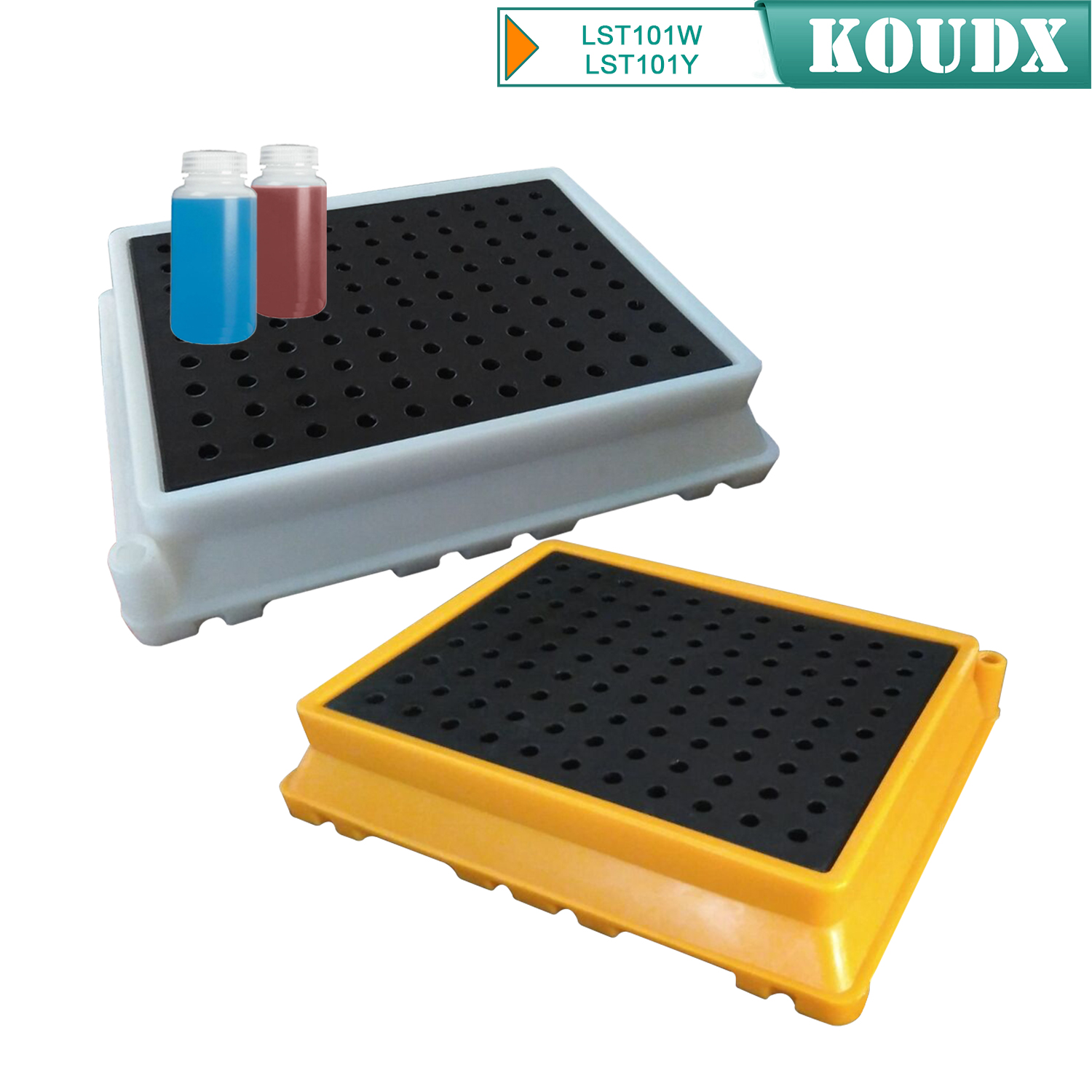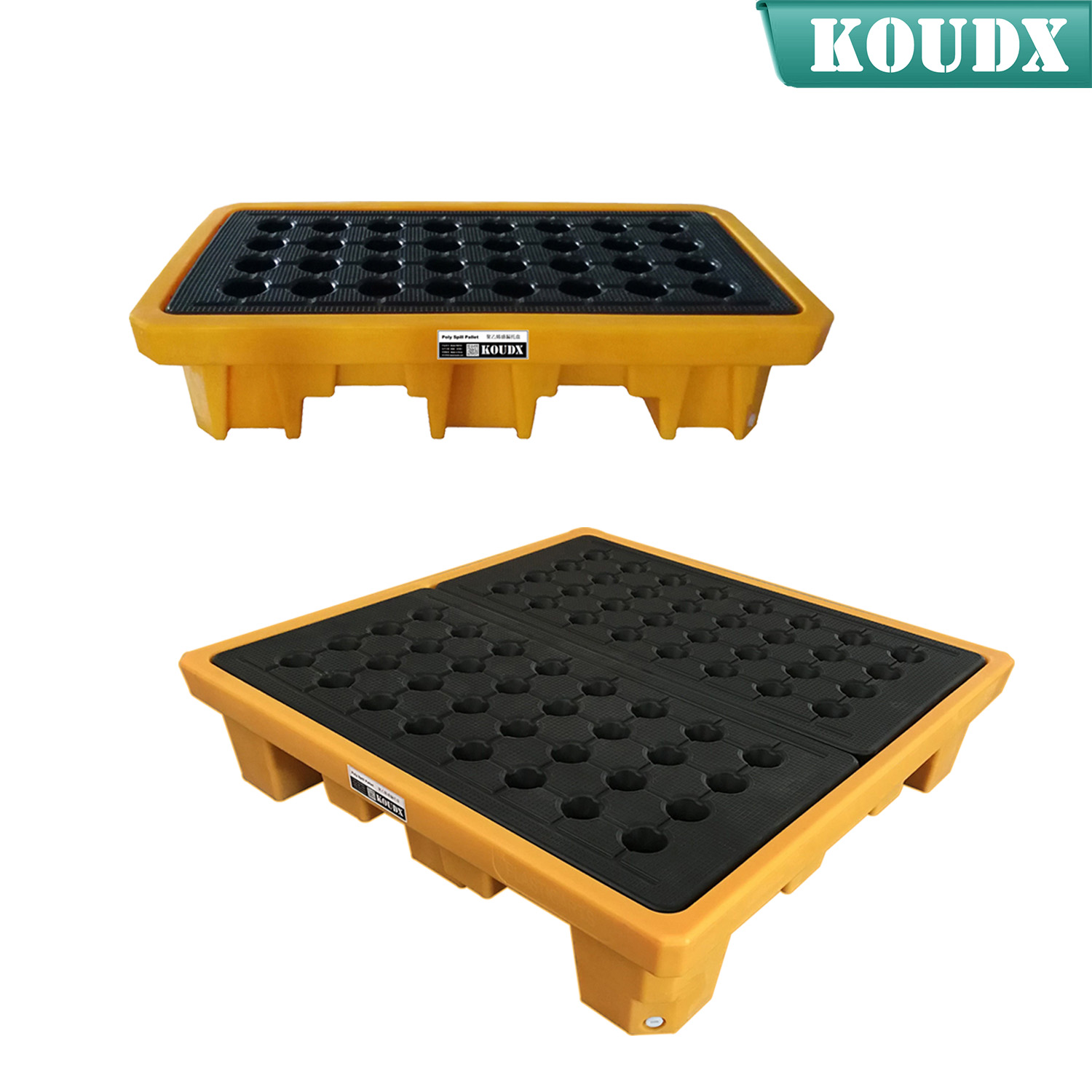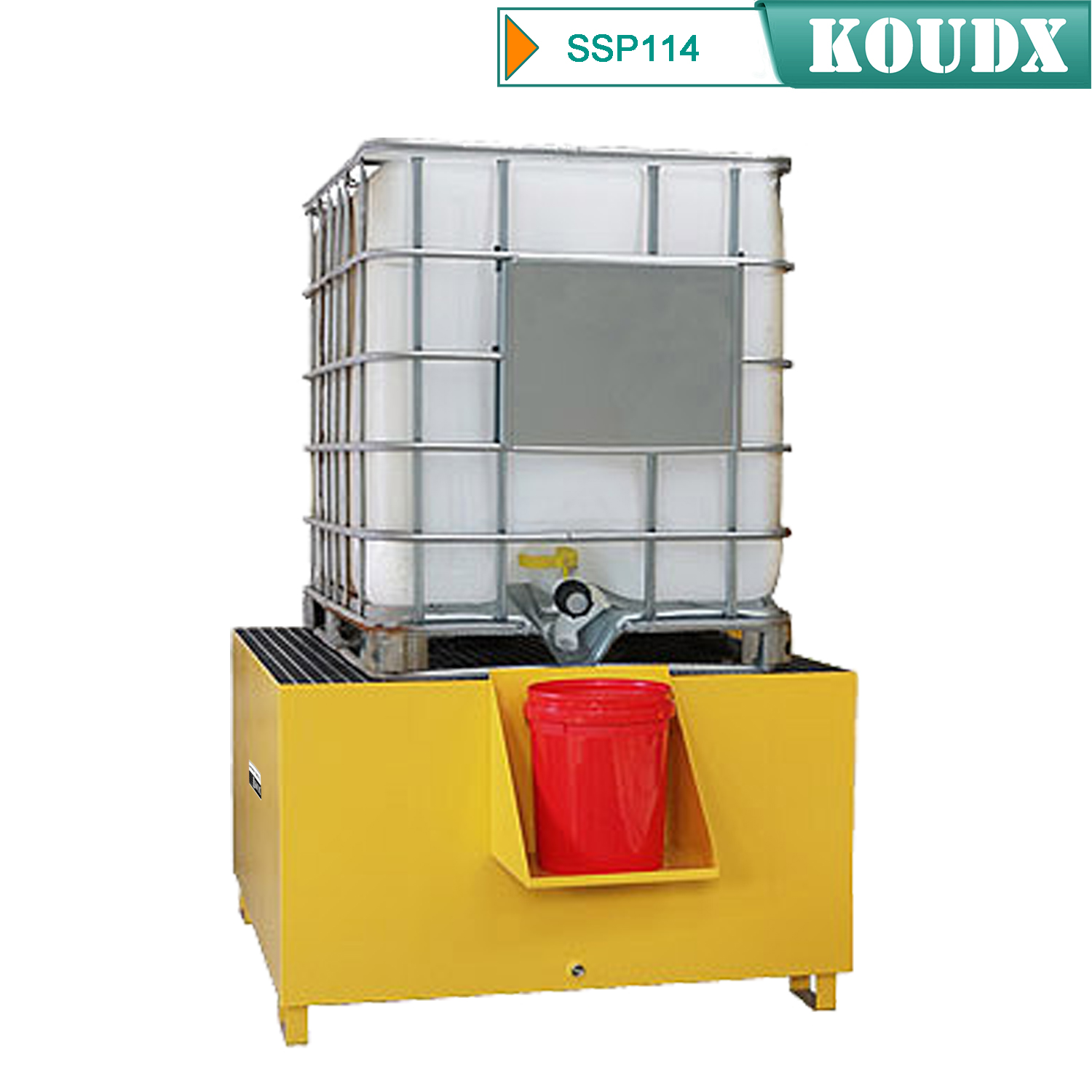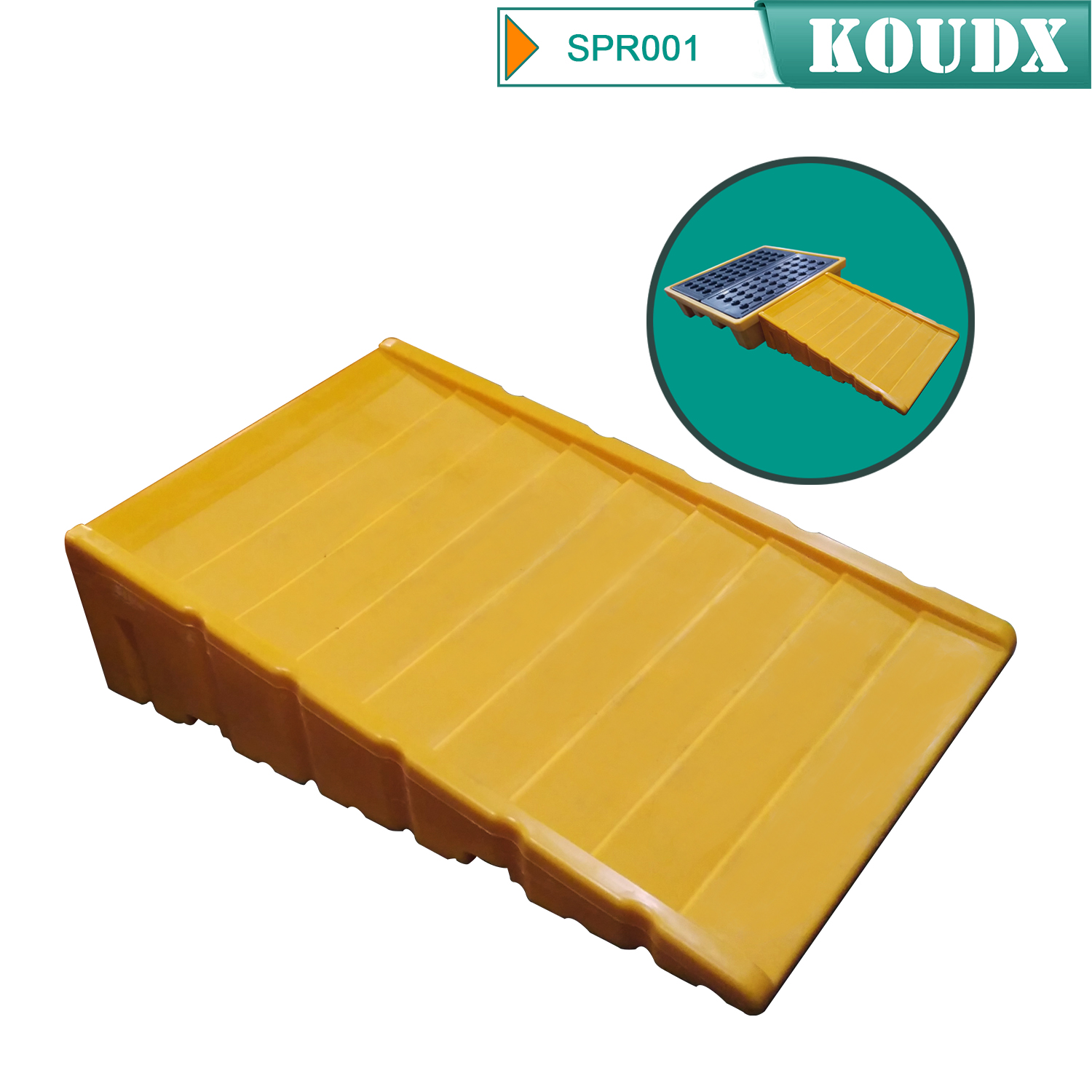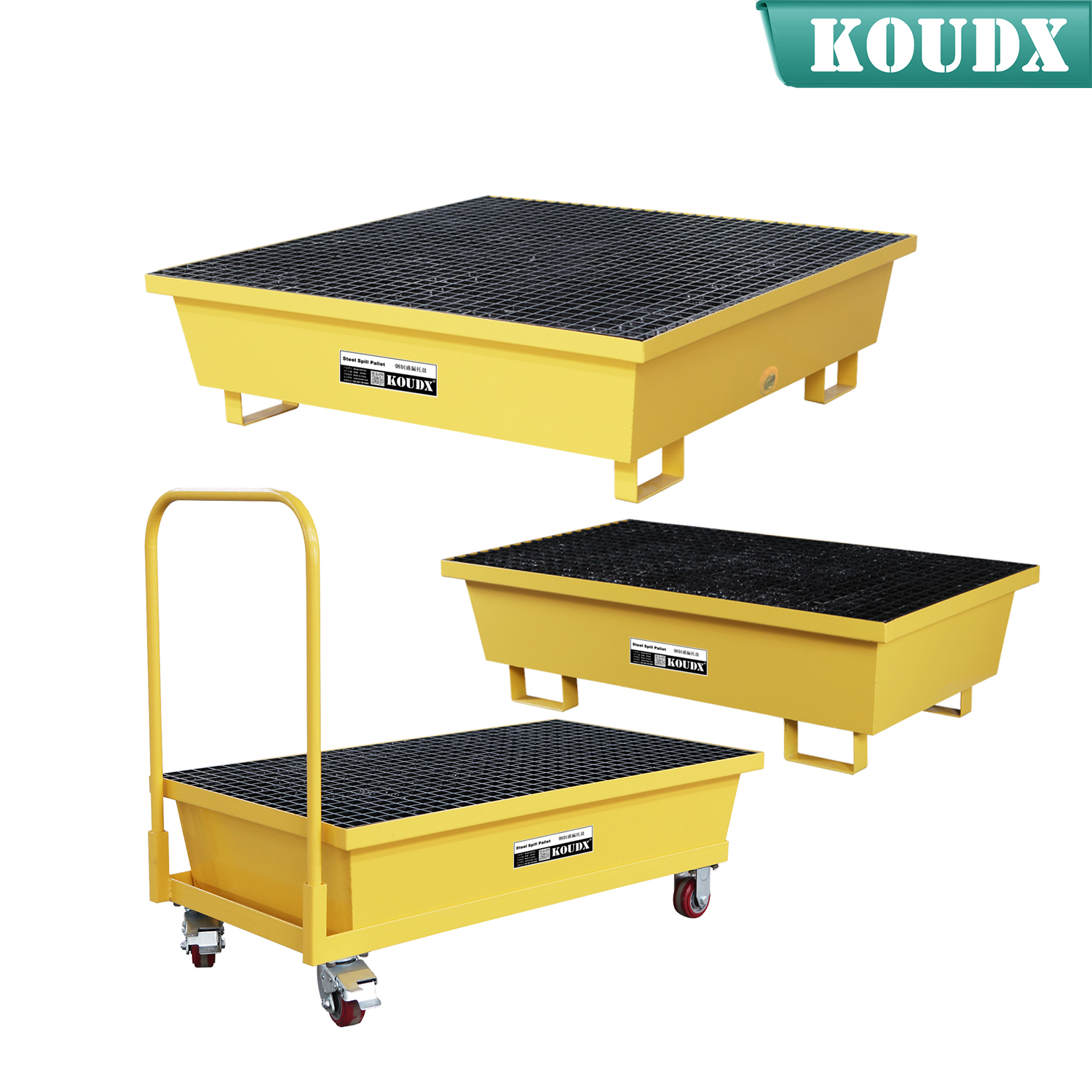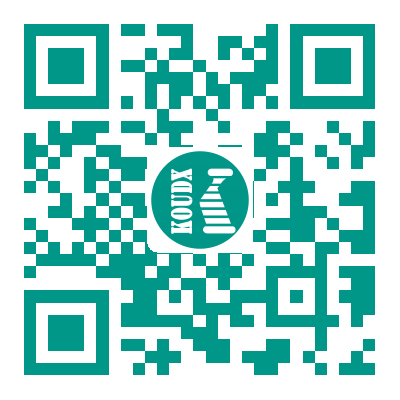
Prevent common avoidable injuries by applying ergonomics in the workplace.
"Ergonomics" comes from two Greek words: ergos, meaning work, and nomos, meaning laws. Today ergonomics is defined as the science of designing the workplace to accommodate the worker. A Polish scientist and educator by the name of Wojciech Jatrzebowski first introduced ergonomics more than 150 years ago. However, ergonomics principles were not widely used until World War II when keeping up with the fast pace of manufacturing war products, such as aircraft, radar and other items, created physical and psychological problems. Teams of engineers, psychologists, anthropologists and physiologists were brought together to help solve these problems. This was not recognized as ergonomics until much later. Instead, terms such as "engineering psychology" and "human engineering" were used.
The benefit of ergonomics, or fitting the job to the worker, is in the prevention of work-related musculoskeletal disorders (WMSDs). MSDs are soft tissue injuries that affect the muscles, nerves, blood vessels, ligaments and tendons. According to a 2016 News Release from the Bureau of Labor Statistics (BLS), WMSDs account for nearly a third of all worker injury and illness cases annually.
According to the Occupational Safety and Health Administration (OSHA), the primary risk factors for WMSDs are:
-
Exerting excessive force
-
Performing repetitive tasks
-
Working in awkward postures or the same posture for long periods
-
Localized pressure to a body part
-
Vibration
These risk factors are exacerbated by cold temperatures and when risk factors are combined. The goal of a comprehensive workplace ergonomics program is to identify and eliminate these risk factors.
Investment and Return
Most workplace modifications are relatively inexpensive, especially when you compare the cost to the benefits you can gain. Simple modifications, such as adjustable chairs, footrests or work platforms, can significantly reduce workplace stress.
Corrective Measures
Applying ergonomics principles in the workplace can be very beneficial. Alleviating workplace stress results in improved productivity, efficiency and employee morale. As well as, decreased lost work days, employee turnover; and decreased workers’ compensations claims and costs related to WMSDs.
Investing in employee ergonomic awareness training is also important. Employees need to be trained on ergonomic issues to aid in identifying problem areas within their jobs. Employee participation is an excellent method of reducing ergonomic issues. Employees are on the front line and can often identify problem areas that could go unnoticed. Employee suggestions need to be acknowledged and taken seriously. The goal of employee participation is to stimulate thinking about problem solving, create and maintain interest in safety, and increase morale.
Employee training also needs to address the common risk factors for WMSDs and the importance of reporting their symptoms as early as possible. Early reporting is crucial to initiating corrective measures that can prevent permanent physical damage.
Employee Evaluation
It is important to evaluate the physical capacities of all employees. It's not unusual to see a petite person lifting heavy objects from the floor to a location way over his/her head, while in the same area a very tall person will be sitting at a small work station, hunched over trying to perform light-duty work. Obviously, in this situation, it would be better to switch job responsibilities or incorporate some type of rotation. Although this may be an over-simplification, it does show the importance of considering the physical capacities of employees and placing them where they can perform most efficiently.
Ironically, many employers spend much more time examining the physical limitations of their machinery than their employees’ capacities. For example, if an employer is looking for a crane, an engineer would compare a variety of cranes before making the final decision. The engineer would look at all the cranes' capabilities and limitations and learn about the maintenance schedule, maximum lifting capacities, turning radius, etc. Employees are long-term investments, too, and should receive similar treatment. After all, if a crane breaks down, it can be fixed by replacing the defective part. Employees do not have that option, and quite often, never fully recover from injuries or illnesses.
Employers can supply their workers with ergonomically designed work tools, furniture and supplies and direct employees to use them per the manufacturer's specifications. However, this is only the first step. It is very important to get individual employee feedback. Each individual is different and each worker has their own history that may determine special requirements for ergonomic devices.
Regulatory Issues
OSHA published a final ergonomics program standard on Nov. 14, 2000. The final rule addressed general-industry employers whose employees performed manufacturing or manual handling tasks. The standard 29 CFR 1910.900 was to go into effect January 16, 2001, but the rule was never implemented due to a differing in philosophies between Presidential administrations. There currently is not a federal OSHA regulation specific to workplace ergonomics. OSHA can still cite employers under the General Duty Clause, for workplace conditions or practices that could or have caused WMSDs. Even though there’s no ergonomic standard, employers are expected to proactively address WMSD risk factors. To assist employers in this area, OSHA has developed a library of occupation specific guidelines.
Guidelines
In an effort to inform various industries about the importance of ergonomics, OSHA has produced a few ergonomic guidelines:
-
Ergonomics guidelines covering the nursing home industry - 2003 (revised 2009)
-
Ergonomics guideline for the retail grocery store industry - 2004
-
Ergonomic guideline for shipyard industry - 2008
-
Ergonomics guideline for the poultry processing industry - 2013
In addition to these guidelines, OSHA’s also developed and is continuously updating their “Ergonomics” landing page on their website. It’s a great resource for employers with links to all of the latest WMSD resources from both OSHA and the National Institute for Occupational Safety and Health (NIOSH).
Frequently Asked Question
Q. When selecting a back support belt, is it better to go with a rigid-style belt or a soft elastic-style belt when lifting heavy objects?
A. In theory, although the elastic-style belts are generally more comfortable, rigid-style belts are supposed to increase intra-abdominal pressure, which in turn, should provide more support to the stomach/back muscles and vertebrae. It’s important to note that back support belts by themselves are not a solution to any WMSD risk factor. In fact, the National Institute for Occupational Safety and Health (NIOSH) arrived at the following conclusion regarding the effectiveness of support belts, “After a review of the scientific literature, NIOSH has concluded that, because of limitations of the studies that have analyzed workplace use of back belts, the results cannot be used to either support or refute the effectiveness of back belts in injury reduction.”
And many ergonomists suggest avoiding their use completely because they may encourage employees to lift more than they’re capable of safely handling.

KOUDX(Shanghai Koudx Industry Technology Co., Ltd.) is a professional provider of industrial safety and environmental protection solutions. Based on the concept of market and customer demand, our fire safety cabinet was developed in accordance with the standards of OSHA 29 CER 1910.106 and NFPA CODE30. It is widely used in petrochemical industry, industrial manufacturing, university laboratories, food industry, automobile industry manufacturing, new energy and other industries.
We sincerely hope that in the journey of KOUDX's continuous development and expansion, we will be able to get the full support of our distributor partners in China and abroad, and have more long-term strategic partners, development together and achieve a win-win situation. Welcome to contact us (86) 400-168-8090, you can visit our website www.koudx.com for the detail information.




